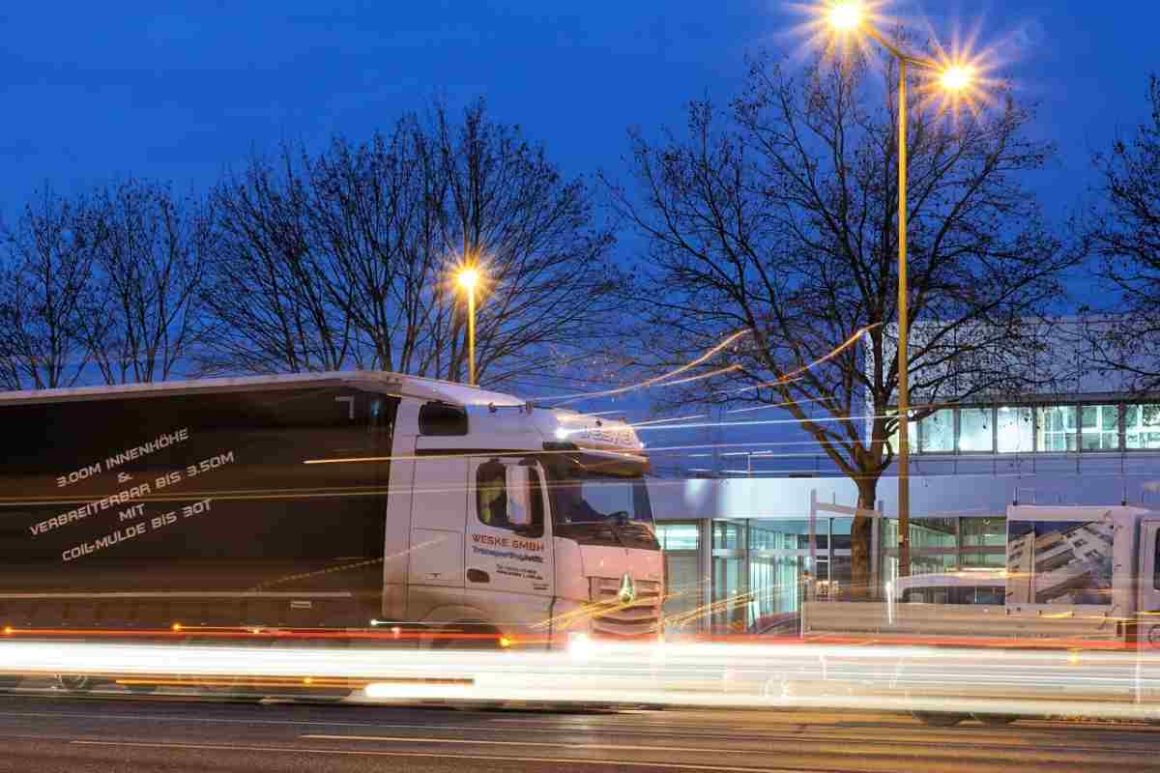In a digital-first world, streamlined logistics are no longer just for shipping departments—they’re a vital part of the modern tech workflow. Whether you’re a hardware startup sending prototypes, a SaaS business managing devices, or an e-commerce platform scaling operations, smart logistics can boost efficiency, reduce costs, and deliver better customer experiences.
If your workflow is already powered by cloud apps, automation, and data tracking, it makes sense for your logistics system to be just as intelligent. Here’s a step-by-step guide to integrating smart logistics into your tech-driven processes.
Table of Contents
Step 1: Audit Your Current Logistics Setup
Before implementing anything new, assess your existing setup. Identify:
- What you’re shipping (hardware, products, marketing materials).
- Where your bottlenecks are (delays, errors, lack of visibility).
- Which teams interact with logistics (product, ops, customer service).
Use this audit to pinpoint areas where smart tools and data could improve operations. For example, if customers often contact support to ask, “Where’s my order?”—tracking and communication tools could be your first target.
Step 2: Choose Scalable Logistics Tools
Look for logistics platforms that are cloud-based, easy to integrate, and designed to scale. Features to prioritize include:
- Real-time tracking and notifications for customers and internal teams.
- API access or integration with your CRM, help desk, or ERP systems.
- Data dashboards that allow for performance tracking and improvement.
Cloud logistics platforms provide flexibility, making them a perfect match for fast-moving tech teams.
Step 3: Automate the Repetitive Tasks
Manual tasks slow you down and create room for error. Integrate automation into your workflow by:
- Auto-generating shipping labels and documentation at checkout or order creation.
- Scheduling pickups or transport based on triggers (e.g., once a build is ready).
- Notifying stakeholders automatically when a shipment is in transit or delivered.
The goal is to reduce the human input needed, while ensuring key people are kept informed.
Step 4: Use Smart Transport Platforms
When it comes to actually moving goods, you want trusted logistics partners that can plug into your system and adapt to your pace.
This is where solutions like www.shiply.com come in. Shiply connects you with thousands of rated transport providers across the UK and beyond, helping tech businesses:
- Compare quotes quickly from reliable couriers.
- Book one-off or regular shipments without lengthy contracts.
- Save money and reduce emissions by using transport already heading your way.
For hardware teams, event logistics, or product delivery, Shiply provides flexible options that align with your smart workflow.
Step 5: Sync Logistics with Customer Experience
Your tech product might be amazing—but if the delivery process is clunky, customer satisfaction suffers. Smart logistics should extend to the customer-facing part of your workflow:
- Integrate shipment tracking into customer dashboards or apps.
- Use delivery data to personalize customer updates and post-delivery communication.
- Trigger support workflows if a shipment is delayed or fails.
This builds trust, increases transparency, and strengthens your brand reputation.
Step 6: Monitor, Learn, and Optimize
Once your smart logistics are in place, track performance regularly. Use metrics like:
- On-time delivery rate
- Transport costs per item
- Customer support load related to logistics
- Average delivery time
Feed this data back into your tech tools—like dashboards for operations teams or reports for leadership—and continue refining your setup. Smart logistics isn’t a one-time install—it’s an evolving part of your infrastructure.
Conclusion
Integrating smart logistics into your tech workflow transforms shipping from a background function into a seamless part of your overall system. With cloud tools, automation, and flexible platforms, even small teams can achieve enterprise-level efficiency. By bringing logistics into your digital ecosystem, you’re not just moving goods—you’re building a faster, smarter, and more connected business.
Also Read: The Centrifuge – Introduction, What is a Centrifuge and More


